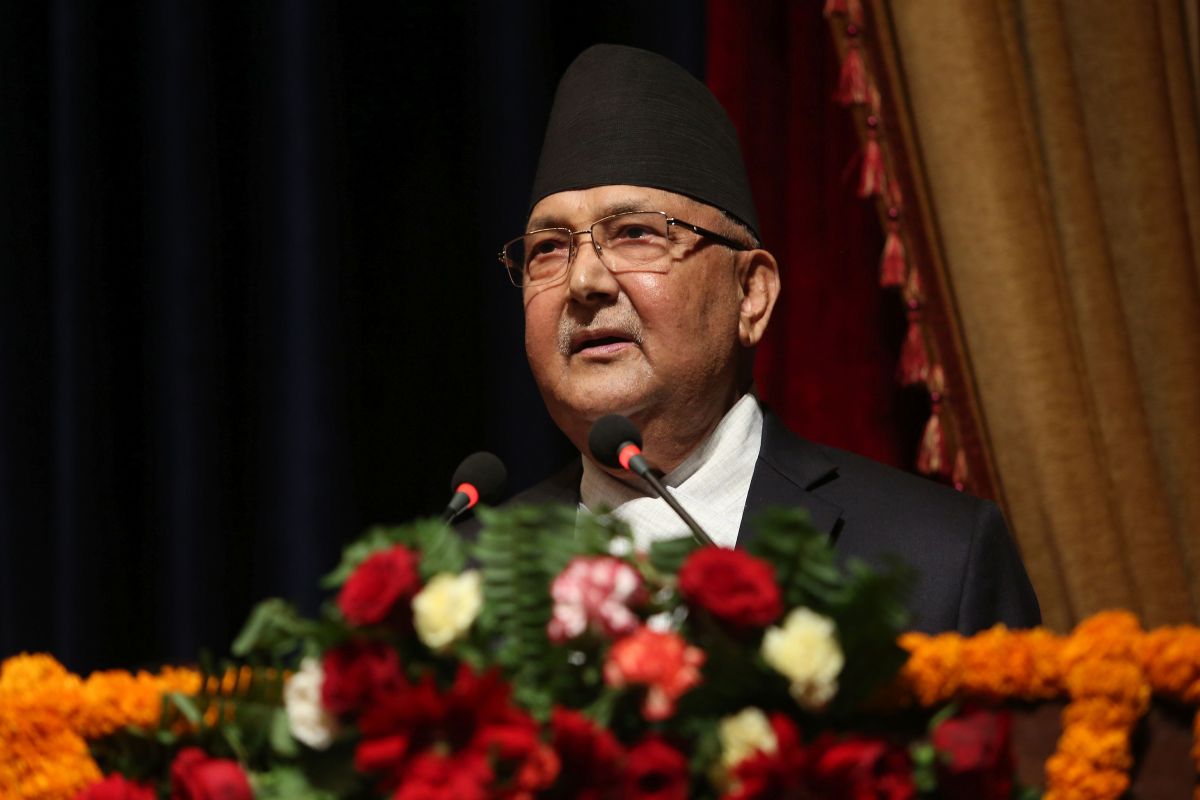Bangladeshi man in BSF net after visa issues
The BSF officials have come to know after they got Malaysian currency Ringgit from the possession of an apprehended Bangladeshi national
Now, with his back to the wall, he seeks to appeal to his Hindu countrymen, to deflect attention, once again, from his own predicament.

Nepal Prime Minister K.P. Oli (File Photo: IANS)
The claim by Nepal’s Prime Minister, K P Sharma Oli, that Lord Rama was a Nepali and was born in an Ayodhya that exists in Nepal may raise a few quiet chuckles and perhaps a degree of consternation in the Indian city of that name, now poised to unveil a magnificent Rama temple on the site of the former Babari mosque.
Of course, Mr Oli’s intentions in stoking up a controversy on a subject that ought to militate against his Communist beliefs are evident. The beleaguered Nepali Prime Minister is confronting a grave challenge, one instigated by his own party after he refused to shed one of his two posts as head of government and party. His continued intransigence has now provoked his detractors to demand that he shed both posts.
Cornered thus, Mr Oli first tried to appeal to nationalistic fervour by initiating a pointless exercise to redraw his country’s map. While this received endorsement from all parties, it did not change his political fortunes. Now, with his back to the wall, he seeks to appeal to his Hindu countrymen, to deflect attention, once again, from his own predicament.
Advertisement
That this is a diversionary tactic ought to be evident from the fact that Mr Oli, 68, and with nearly half a century in active politics, has never before made or endorsed such a claim. On a less serious note, had Mr Oli or Nepal injected their claim into the Ram Janmabhoomi dispute in India, a lot of bloodshed could have been avoided and considerable court time saved.
If indeed Lord Rama was born in Nepal, and if the actual Ayodhya was in that country as Mr Oli now claims, surely the legal battle in India would have been rendered infructuous. But what is worrying is an increasing trend by politicians around the world to take refuge in religious obscurantism when confronted by modern- day challenges.
Of a piece with Mr Oli’s adventurism is the conversion of the historical Hagia Sofia monument in downtown Istanbul into a mosque, with the aid of an order engineered by Turkey’s President, Recep Tayyip Erdogan. There is little doubt that the monument was completed during the reign of the Roman emperor Justinian I in 537 AD as a cathedral and remained so until the Fall of Constantinople in 1453, when it was appropriated as a mosque.
The decision by the father of modern Turkey, Kemal Ataturk, to secularise the monument into a museum was at once an elegant solution to a festering problem and a recognition of the fact that Hagia Sofia when built was the world’s largest covered space and the first to employ a fully pendentive dome.
Earlier this month, Erdogan, who sees himself as a modern-day leader of Muslims, decided to reach out to his Islamist constituency by annulling the 1934 decision to establish a museum. These are dangerous trends and must be eschewed not the least because the world has enough to worry about without ambitious leaders seeking to recast history in convenient moulds.
Advertisement